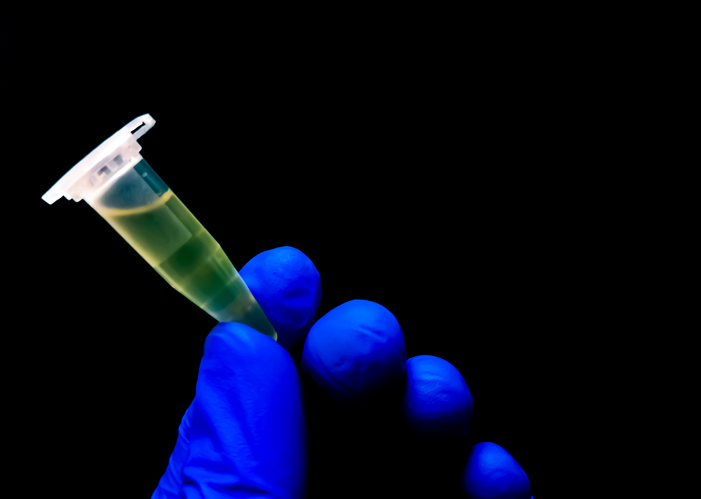CSF foscarnet concentrati.ons were very near IC50 and were followed by sharp reductions in viral load.
In vitro studies find that foscarnet has potent antiviral activity against human herpesvirus-6 (HHV-6), it has been shown to penetrate the blood-brain barrier and it is recommended in the treatment of HHV-6 encephalitis. However, questions remain as to whether the drug is able to reach therapeutic concentrations in the cerebrospinal fluid (CSF) sufficient to treat HHV-6 encephalitis.
Investigators from the Kobe City Medical Center General Hospital, in Japan, report three consecutive cases of HHV-6 encephalitis in people undergoing hematopoietic stem cell transplant (HSCT). The patients had no other explanation for their CNS symptoms. Spinal fluid was collected before and after the start of therapy. Foscarnet levels were measured with validated mass spectroscopy techniques.
Foscarnet concentrations in spinal fluid were at about the IC50 for HHV-6. In all three patients HHV-6 DNA was detected in the spinal fluid, and dropped sharply following therapy.
Foscarnet and ganciclovir are both used extensively for HHV-6 encephalitis and foscarnet is approved for HHV-6 encephalitis in Japan. A Japanese study on prophylaxis in cord blood transplant patients showed that it lowered high level reactivation but did not prevent encephalitis (Ogata 2018). However, a study at University of Minnesota found that foscarnet pophylaxis improved engraftment and survival in cord blood transplant patients, resulting in a 96% survival rate compared to 72% in untreated patients (Jurdi 2020).
Cidofovir has excellent in-vitro activity against HHV-6 but is not used for CNS infections because there is no evidence that it passes the blood brain barrier. This small study supports the recommendation that foscarnet therapy be considered in patients with HHV-6 encephalitis following HSCT.
Read the full article: Irie 2023

